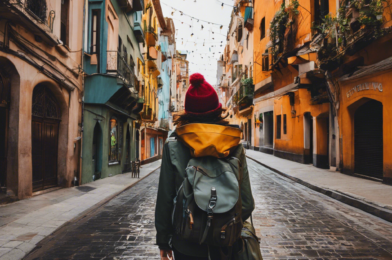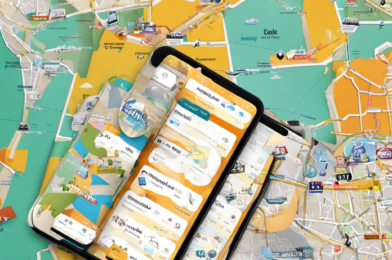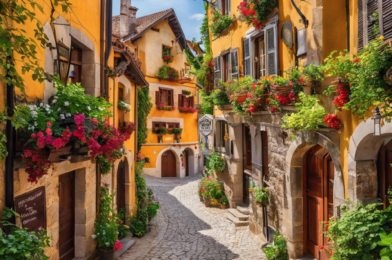In our fast-paced world, where efficiency and speed often take precedence, a counterculture movement is gaining traction: slow travel. This alternative approach to exploration encourages travelers to immerse themselves in a destination, connecting with locals and embracing the journey rather than rushing from one attraction to the next.
Slow travel is about more than just the number of stamps in your passport or the miles traveled. It’s a mindset that invites travelers to engage with their surroundings in a deeper, more meaningful way. By spending extended periods in one place, travelers can uncover hidden gems that only locals know about and develop a deeper understanding of the culture and community.
This style of exploration offers a unique perspective that is often missed when rushing through a checklist of landmarks and must-see attractions. It’s about taking the time to wander down side streets, strike up conversations with residents, and discover the stories and traditions that make a place unique.
To embrace slow travel is to embrace the unexpected and be open to serendipitous moments. It might involve getting lost in ancient medinas, spending an afternoon people-watching at a local café, or joining a community festival that you stumbled upon. These experiences offer a more authentic and immersive connection to a place and its people.
Slow travel also has a positive environmental impact. By reducing the carbon footprint associated with frequent transportation, and encouraging a more sustainable and responsible way of exploring our planet. It allows travelers to develop a deeper appreciation for the natural environment and local ecosystems, fostering a mindset of conservation and stewardship.
Adopting this mindset allows travelers to form a more intimate connection with a location. It allows you to gain insight into local customs and daily life. Whether it’s learning to cook traditional dishes with a local family or participating in a community art project, slow travel creates opportunities for meaningful connections and a richer understanding of the world.
The art of slow travel lies in its ability to transform how we experience the world. It encourages us to be present, to embrace spontaneity, and to value quality over quantity. By doing less and immersing ourselves more fully in our surroundings, we discover a deeper sense of place and a more fulfilling travel experience.
So, the next time you plan a trip, consider embracing the slow travel movement. Take the road less traveled, linger a little longer, and open yourself up to the unexpected. In doing so, you’ll discover a world of rich experiences that can only be found when you slow down and savor the journey.






